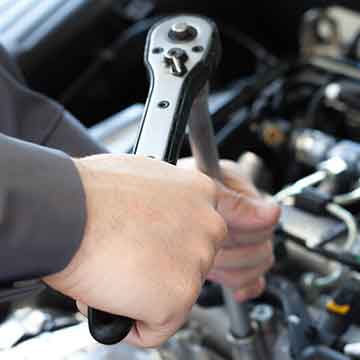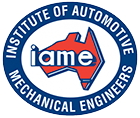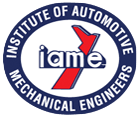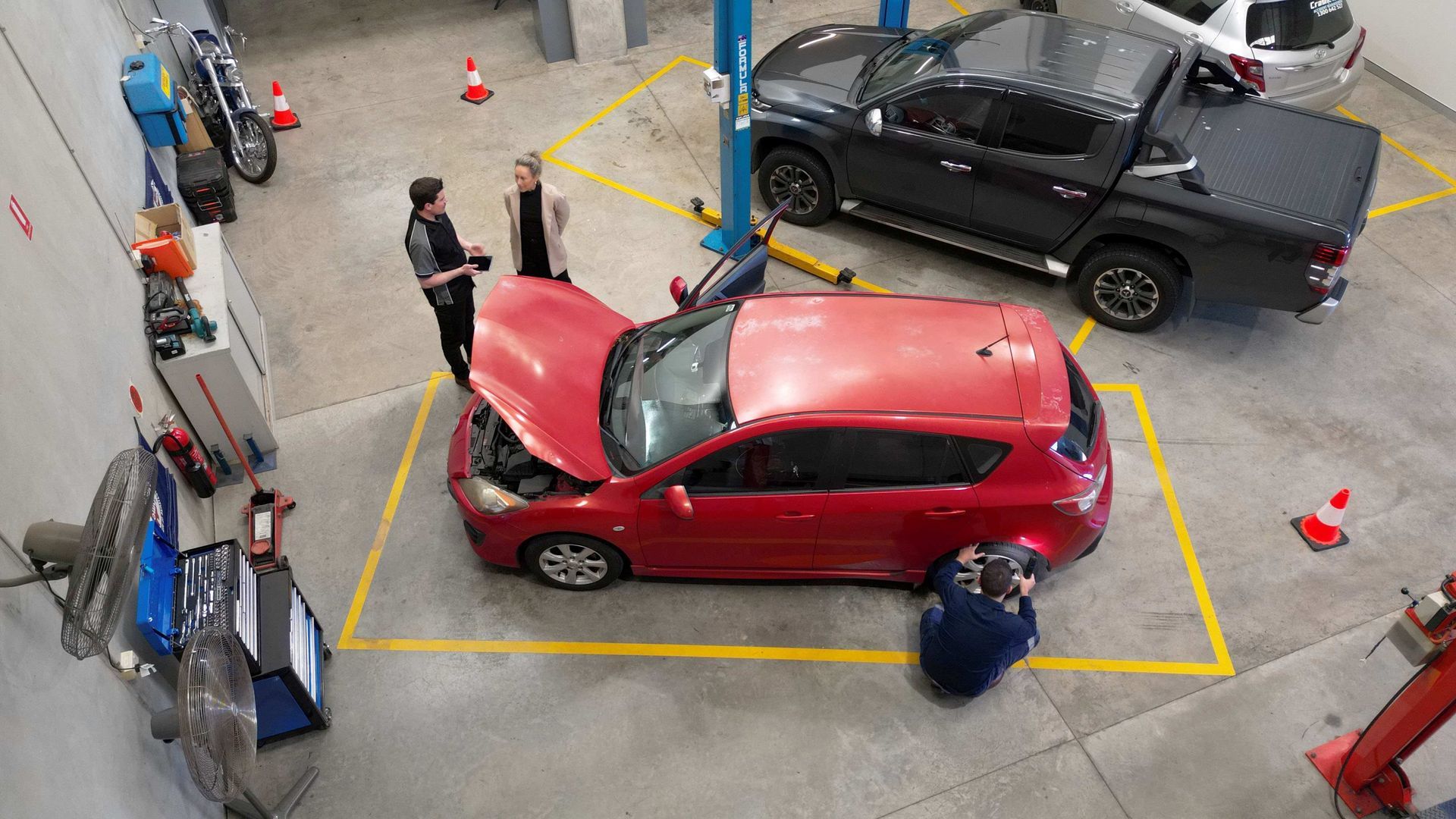The Evolution of Online Car Retail

In the ever-evolving landscape of consumer habits and technological advancements, the automotive industry is experiencing a paradigm shift in the way vehicles are bought and sold. With the increasing prevalence of internet connectivity and the widespread adoption of e-commerce platforms, the traditional notion of physically visiting a dealership to purchase a car is gradually becoming a thing of the past. In this article, we explore the transformative journey of online car retail, as car manufacturers, dealerships, and online marketplaces leverage the power of the internet to reshape the automotive buying experience.
Online Booking and Purchasing Options:
Car manufacturers and dealerships are embracing the digital era by offering online booking and purchasing options for consumers. The convenience of browsing through a virtual showroom, exploring various models, and customizing features from the comfort of one's home has become a reality. This shift not only caters to the preferences of tech-savvy consumers but also streamlines the car-buying process, making it more efficient and accessible.
Comprehensive Online Marketplaces:
Online marketplaces dedicated to automotive products have become a one-stop destination for enthusiasts and car owners alike. These platforms offer a diverse range of products, from spare parts and accessories to entire vehicles. The convenience of shopping for automotive necessities online provides consumers with access to a vast array of options, price comparisons, and user reviews – all at their fingertips.
Virtual Showrooms and Test Drives:
In the absence of a physical dealership visit, virtual showrooms and test drives are becoming increasingly common. Car manufacturers are leveraging augmented reality and virtual reality technologies to provide immersive online experiences, allowing potential buyers to explore the interior and exterior of vehicles virtually. Some companies even offer virtual test drives, allowing consumers to get a feel for the driving experience without leaving their homes.
Customization and Personalization:
Online car retail goes beyond mere transactions; it extends to the realm of customization and personalization. Buyers can tailor their vehicles to their preferences, choosing colors, features, and accessories through user-friendly online interfaces. This level of personalization enhances the overall buying experience, empowering consumers to create a vehicle that truly reflects their individual style and needs.
Efficiency and Accessibility:
The move towards online car retail enhances efficiency and accessibility for both buyers and sellers. The process of browsing, selecting, and purchasing a car is streamlined, saving consumers valuable time. Additionally, geographical barriers are minimized, allowing consumers to explore options from a wide range of dealerships and manufacturers without being limited by location.
The future of car retail is undeniably online, with the automotive industry embracing digital transformation to meet the evolving needs of consumers. The convenience, accessibility, and customization options offered by online car retail are reshaping the traditional buying experience. As technology continues to advance, we can expect further innovations that will redefine the way we interact with vehicles and revolutionize the automotive retail landscape. Buckle up, for the journey into the future of online car retail has just begun, promising a more connected, efficient, and personalized experience for automotive enthusiasts around the globe.








